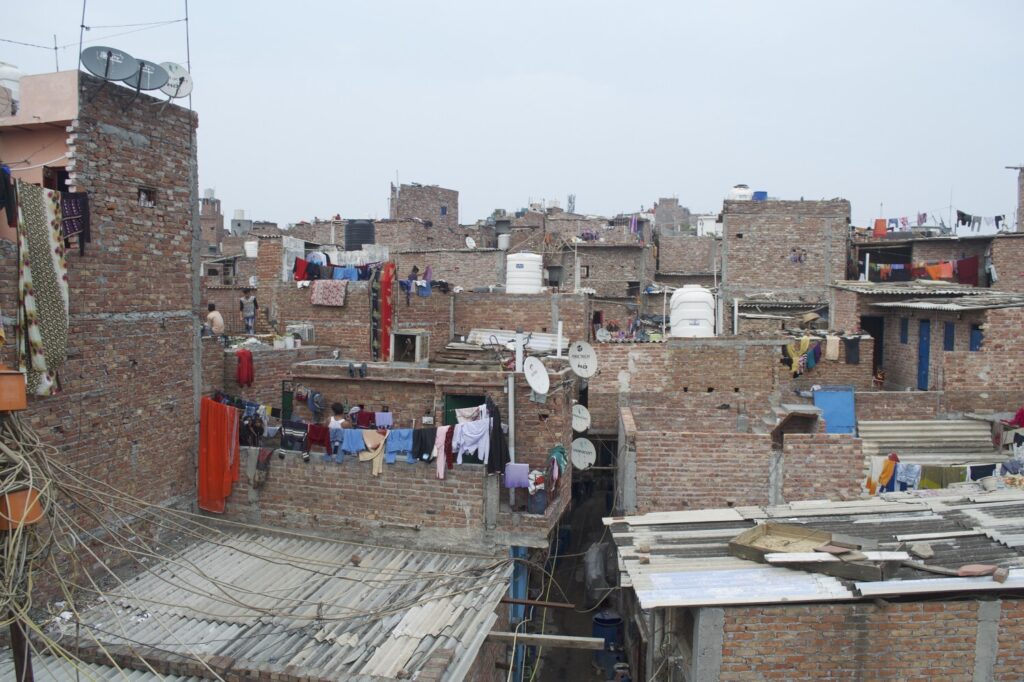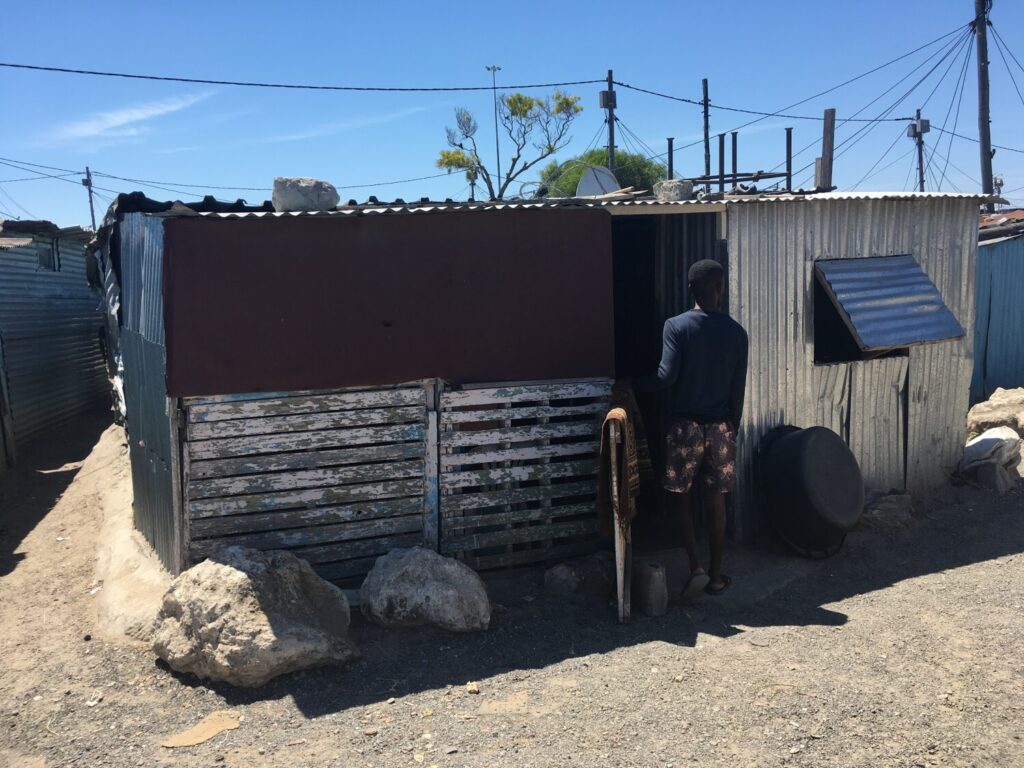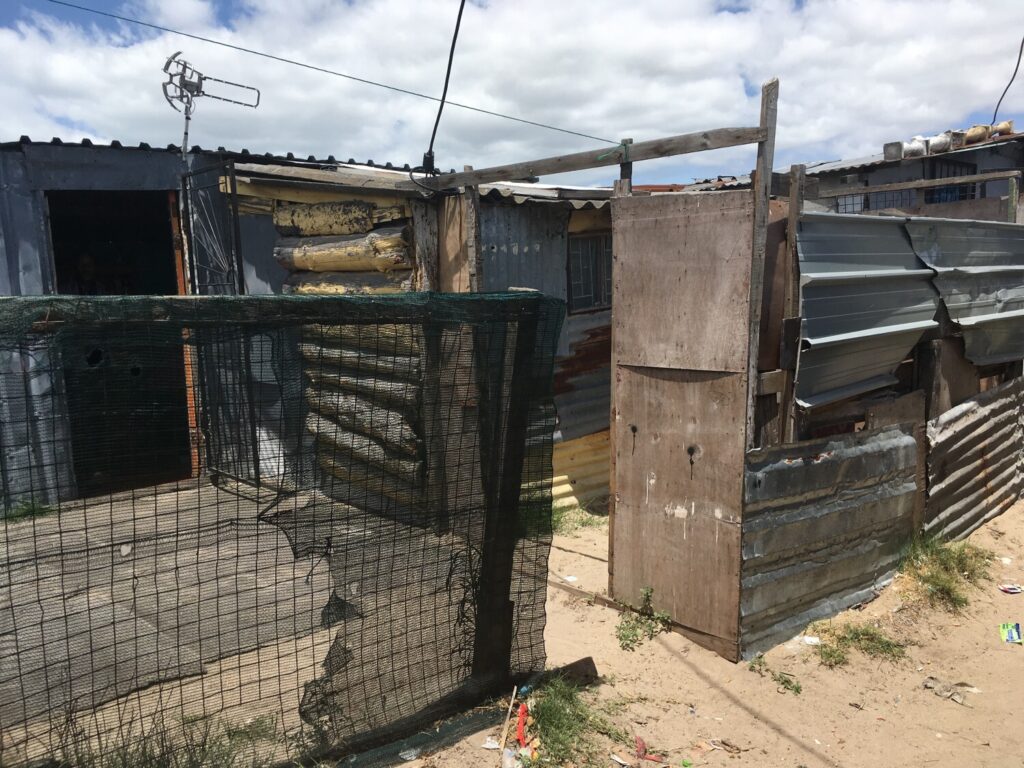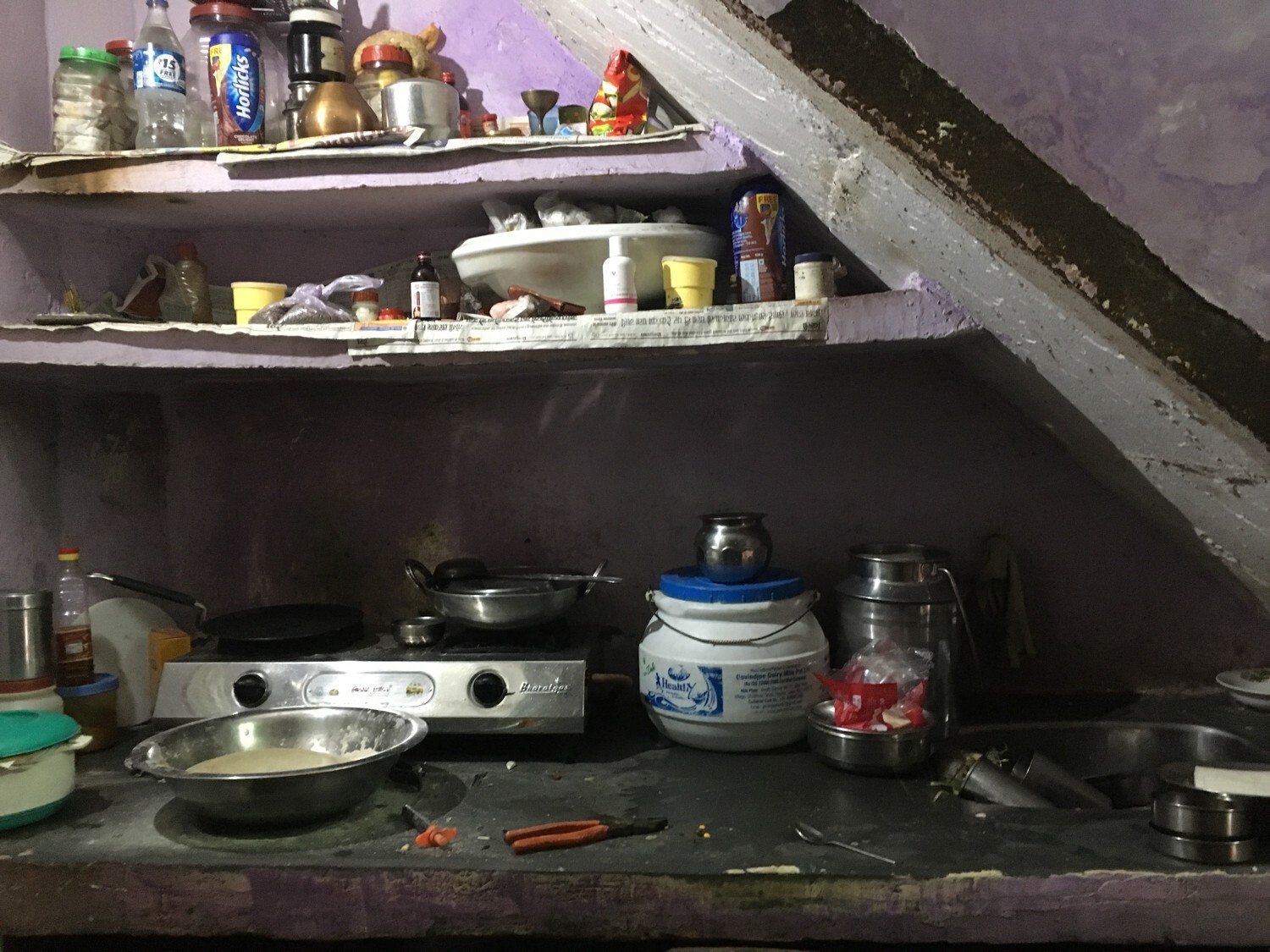by Geetika Anand
Welcome to this visual blog exploring the dynamic process of incremental building in informal settlements. This is an extension of the Visual Essay that was published in City, Issue 27.1-2 entitled, ‘In the meanwhile or as a gamble: juxtaposing incremental building in informal settlements of Cape Town and Delhi’. The Visual Essay is part of the Scenes Sounds Action section of our journal. This blog is meant to entice the reader to check out the full article on our Taylor and Francis website.

In this essay, I delve into two case studies: Gayatri Colony in Delhi, India, and Kosovo in Cape Town, South Africa. By comparing these two settlements, I aim to shed light on the unique building materials, practices, and investment strategies employed by their residents. Alongside the text, I will share images from both locations to provide a vivid illustration of the techniques and adaptations at play.

incremental building is a complex, multi-dimensional process that involves securing a space, sourcing materials, constructing the structure, and connecting to necessary infrastructure. as we explore gayatri colony and kosovo, you’ll notice that residents in each settlement have adopted different strategies based on local context and regulations. in cape town, for example, residents are not permitted to build with bricks and must rely on zinc structures. consequently, they invest more heavily in household assets to improve their living conditions. in contrast, residents in delhi’s gayatri colony construct permanent brick structures, reflecting a focus on durability and stability.

the building practices in both settlements are influenced by residents’ relationships with the state and the desire to actualize state expectations. in delhi, non-governmental organisations (ngos) and development authority officers provide guidance on building practices, while a change in the ruling party has made it easier to construct permanent structures without bribing officials. meanwhile, in kosovo, residents build with zinc while they wait for formal housing from the government.

despite their differences, both settlements share the practice of building incrementally, driven by the need to adapt to changing circumstances and limited resources. the resourcefulness and resilience of informal settlement residents are evident in the creative use of available space, such as constructing toilets under cantilevered spaces upstairs or setting up kitchens under staircases.

i want to underscore the importance of understanding and acknowledging the incremental building practices of informal settlement residents. this knowledge is vital for developing legal and policy frameworks that promote sustainable incrementalism and enhance social and spatial justice in these communities. so, let’s embark on this visual journey through gayatri colony and kosovo to better appreciate the ingenuity and adaptability of their residents in the face of adversity.





